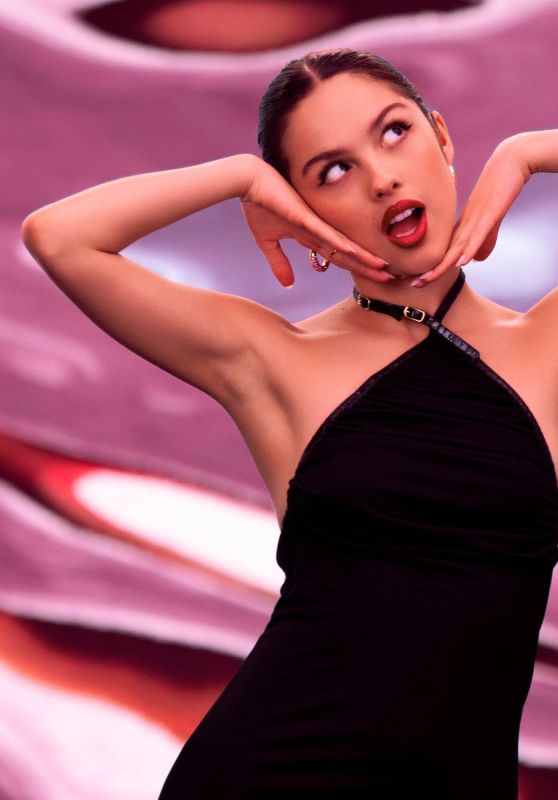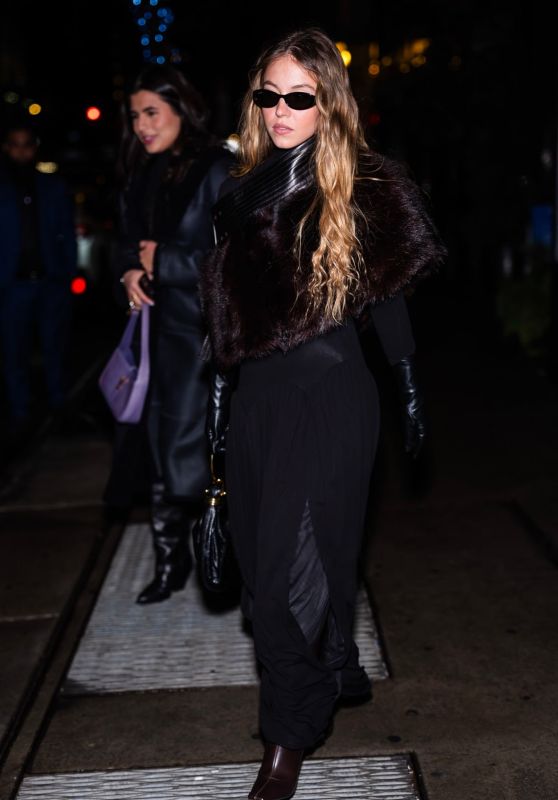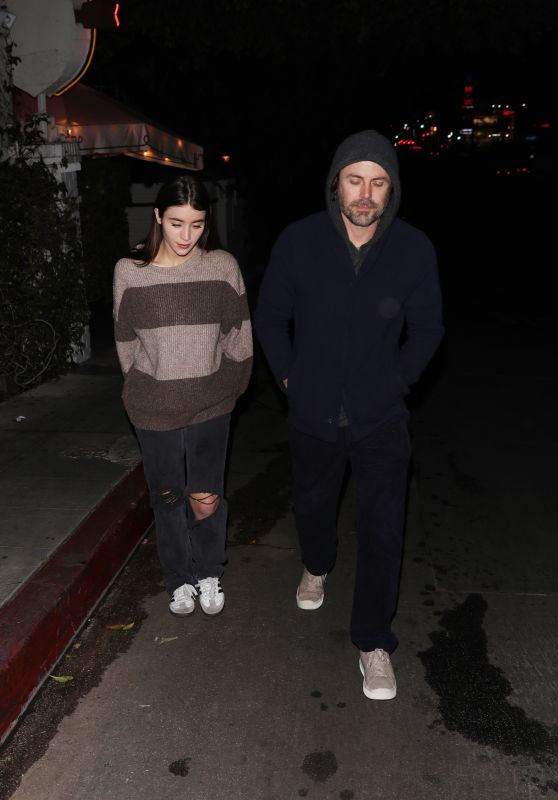“The Straight Story” begins like many other David Lynch films. First with stars flickering in the night. Then shots of a small town somewhere in America’s Midwest — green lawns and red brick buildings with industrial fixtures filling the background. Angelo Badalamenti’s mournful, string-laden score draws us in, emphasizing the quaintness of the visuals, while also suggesting a deeper pain at the core of this place. But instead of the psycho-sexual nightmares discovered in “Blue Velvet” and “Lost Highway” or the metaphysical crises faced in “The Elephant Man” and “Twin Peaks,” what we find instead is — as the title suggests — a very straightforward story, albeit one that’s emotional heft is far beyond words spoken and narrative unfurled.


From “Eraserhead” to “Twin Peaks: The Return,” and perhaps even earlier with his short films, Lynch’s oeuvre has always been consumed with love’s unwieldy power, not just in the brightness it brings to people’s lives, but also the darkness it can lead to. And yet, with “The Straight Story,” love’s divineness is not defined by what terrifies, but instead by what unites two estranged, yet cosmically entwined brothers who have neither the time nor the health to keep from mending their fractured relationship.
All the staples of Lynch are present throughout the film, from offbeat characters to haunting sound design, but also a purity and gentleness that contrasts with pretty much all of his other work. In embracing these features, however, Lynch reached a career inflection point that allowed him to conquer subsequent masterpieces “Mulholland Drive,” “Inland Empire,” and the 18-episode Showtime series “Twin Peaks: The Return,” all of which display the visionary auteur’s sharpened instincts operating at their highest level and now represent a culmination of his entire artistry.
Defined by Lynch in a 2001 Empire Magazine interview as his “most experimental movie” up to that point, “The Straight Story” follows Alvin Straight (Richard Farnsworth), an elderly WWII veteran suffering from multiple ailments who decides to travel 240 miles via John Deere lawnmower to visit his sick brother he hasn’t spoken to in 10 years. Based on a true story, the script was written by Lynch’s frequent producer and editor Mary Sweeney, along with her childhood friend John Roach.
 ‘The Straight Story’©Buena Vista Pictures/Courtesy Everett Collection
‘The Straight Story’©Buena Vista Pictures/Courtesy Everett CollectionLynch was living with Sweeney at the time — they’d later wed and divorce between 2006-2007 — and wasn’t all that interested in her idea until he read the script. The heavy emotions it drew out of him while reading are what forced him to want to take the project on and after having spent the decade working on intense material like “Wild at Heart,” “Twin Peaks: Fire Walk with Me,” and “Lost Highway,” Lynch also found it was time for an even more unique challenge: Restraint.
“I felt its yearning for pure, intense feeling represented something that was in the air,” said Lynch in an interview with The New York Times ahead of the film’s limited theatrical release in 1999. “I don’t know whether what’s in the air is also a desire to have a break from sex and violence or, rather, a yearning for more tender, more direct storytelling.”
Lynch’s statement here speaks not only to his intent on this project, but the overall ethos he carried as an artist in that he never wanted to be definitive or prescriptive about what he put out there. This proved a constant challenge throughout his career, with his 1984 take on Frank Herbert’s “Dune” being recut by the studio, as well Bob Iger forcing Lynch to reveal Laura Palmer’s killer in “Twin Peaks” Season 2, leading to the broadcast series’ downfall. But with “The Straight Story,” Lynch created something that managed to be of his own, unique style, yet wholesome enough for Disney to want to acquire it following its in competition premiere at Cannes.
Even still, despite being a critical success, with only a limited release, the film was a relative dud at the box office. While this was hardly ever a metric Lynch ascribed any value to, in struggling to connect despite stretching his craft in new directions, something had to have clicked for him in this moment, as the work that followed would come to represent the most maximalist outings of his entire career, all done on his own terms.
 ‘Mulholland Drive’©Universal/Courtesy Everett Collection
‘Mulholland Drive’©Universal/Courtesy Everett Collection“Mulholland Drive” started as a TV project that shot before “The Straight Story” made its debut, but was passed on by executives who wanted to know where it was going. Lynch couldn’t share this, as, most likely, not even he could answer a question like that. While its narrative involving amnesia and film executives with a mob mentality has more in common with “Twin Peaks” than “The Straight Story,” Lynch’s desire to let the work flow freely rather than craft a point to be reached feels like a lesson he could have only fully embraced by making the latter film.
Almost every aspect of its production, from working with longtime friend Sissy Spacek — the wife of Lynch’s frequent production designer Jack Fisk — and Richard Farnsworth, himself suffering from terminal metastatic prostate cancer during the shoot, to choosing to film in chronological order along the actual route Straight drove his lawnmower, Lynch worked to keep his heart as connected to his character’s journey as possible, thereby impacting the audience’s experience as well. Whether it be in the framing of Farnsworth’s world-weary gaze or the use of lightening and thunder to emphasize the emotional wallop Straight experiences upon hearing his brother’s had a stroke, Lynch continuously exposes his character’s grief in ways that supplant the need for long monologues or diatribes.
This confident grasp on performance, imagery, and mise-en-scène translates not only to the dream logic execution of “Mulholland Drive,” but also to the hallucinatory panic of Lynch’s 2006 mystery thriller “Inland Empire.” Featuring Laura Dern as a Hollywood actress who’s identity becomes lost in the latest character she’s working to embrace, “Inland Empire” has often been described as Lynch’s “Persona” or “8 1/2” as it seeks to parse the filmmaker’s own relationship with the art he’s producing.
 ‘Inland Empire’Courtesy Everett Collection
‘Inland Empire’Courtesy Everett CollectionThough it serves as a final collection of all the themes and concepts Lynch took hold of throughout his career, what connects the viewer to each frayed moment featured throughout the film and spun off in multiple directions has more to do with our understanding of Lynch than it does anything on display. Even the freaky anthropomorphic rabbits makes one think about all the holes Lynch is prone to bring us down more than any meaning they may have in the context of the story. Again, in thinking about “Inland Empire” through this lens, as Lynch fully embracing all of himself, one can’t help but trace the impetus for this back to “The Straight Story” and how it reinforced in him not only what drives his artwork, but what also keeps him striving for more.
“We’re all capable of doing many types of things,” said Lynch in a 2006 interview with KGSM MediaCache, “and it’s what you fall in love with.”
Bringing it back to Lynch’s thematic cornerstone, even though “Inland Empire” may signify a closing (or widening, depending on how you look at it) of his cinematic dialogue, “Twin Peaks: The Return” holds the spot as his final labor of love. For perhaps the first time in his career, Lynch was able to go as far as the road would take him, throwing all of his skills as a filmmaker, sound designer, musician, visual artist, and human being at the wall in a dark fantasia of mystery, comedy, horror, and violence. But underneath the quirks and bloodshed, what’s really so entrancing about “Twin Peaks: The Return” is the extremely evident passion coming from this reunion between Lynch and his most beloved collaborators, all those who helped bring his wild visions to life.
Kyle MacLachlan, Lauren Dern, and Naomi Watts are all featured prominently, as well as much of the cast from the original series and newcomers like Jennifer Jason Leigh, Tom Sizemore, Tim Roth, and Matthew Lillard. Harry Dean Stanton, who’s brief appearance in “The Straight Story” may be one of his most impactful performances, also took part, making it one of his final roles before his passing in 2017. Just as Spacek, Farnsworth, and Stanton’s participation in “The Straight Story” elevate the film beyond what’s just on screen, so too does the rejoining of Lynch with some of his closest friends and peers for one last trip add to the spellbinding allure and emotional weight of “Twin Peaks: The Return.”
 ‘Twin Peaks: The Return’©Showtime Networks Inc./Courtesy Everet / Everett Collection
‘Twin Peaks: The Return’©Showtime Networks Inc./Courtesy Everet / Everett CollectionIf you love Lynch for “Eraserhead” and “Mulholland Drive,” then it’s understandable how, taken at face value, “The Straight Story” may seem like an unusual detour in his otherwise thoroughly freaky output. It doesn’t dabble in the surreal or the grotesque, but instead, remains interested and tied to one man’s willingness and determination to put all aside for the benefit of another. It’s hard not to feel Lynch did the same for us as his audience, not only redefining the way we experience cinema, but how we interpret our own thoughts. His aim, if he had one at all, was to get us to embrace the unknown and to not face life for its questions and answers, but for how we are drawn to one another despite the distance or personal animus that separates us.
In a lot of ways, Lynch was not unlike Alvin Straight, choosing to take a road oft-traveled, but in a manner no other fella thought to; One that allowed him to see and feel life’s perplexities and sensations — it’s ultimate beauties and twisted tragedies — for all that they were. The majesty of the night sky’s stars and the other worlds they suggest are a prominent feature throughout Lynch’s body of work, but perhaps most potently acknowledged in “The Straight Story” as what bonds Alvin with his brother.
“The sky is sure full of stars tonight,” he says at one point, staring up above. With Lynch a flicker up there now too, one can rest easy knowing the dark night just got a little bit brighter.




















 English (US) ·
English (US) ·